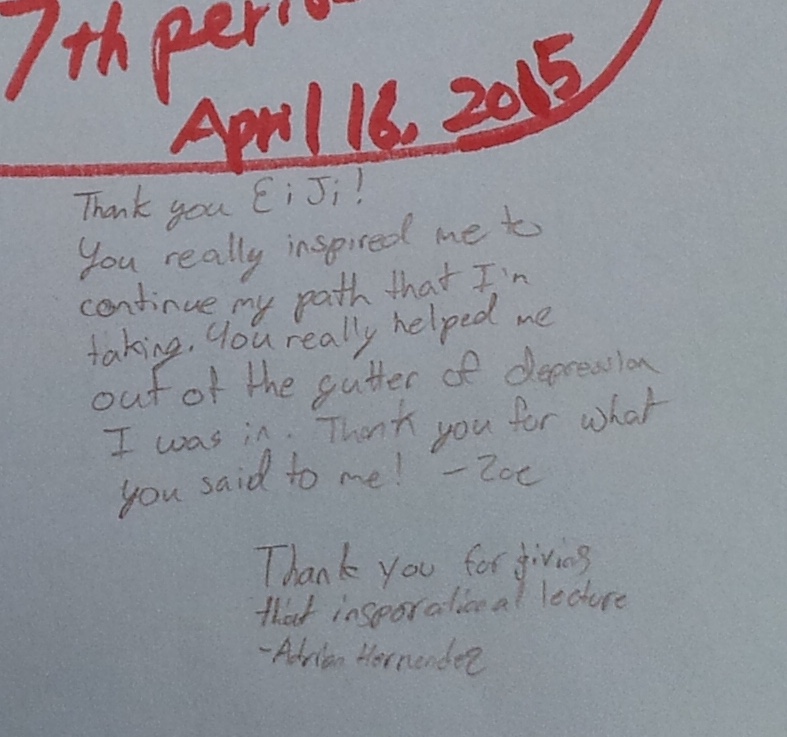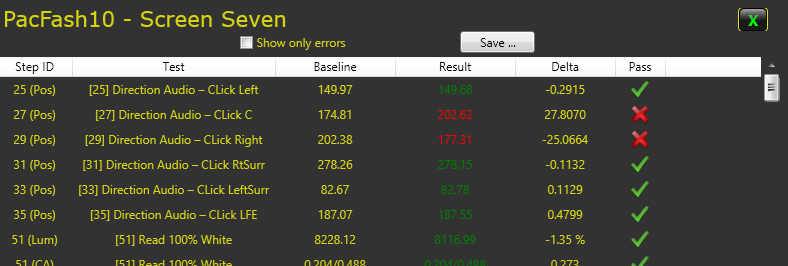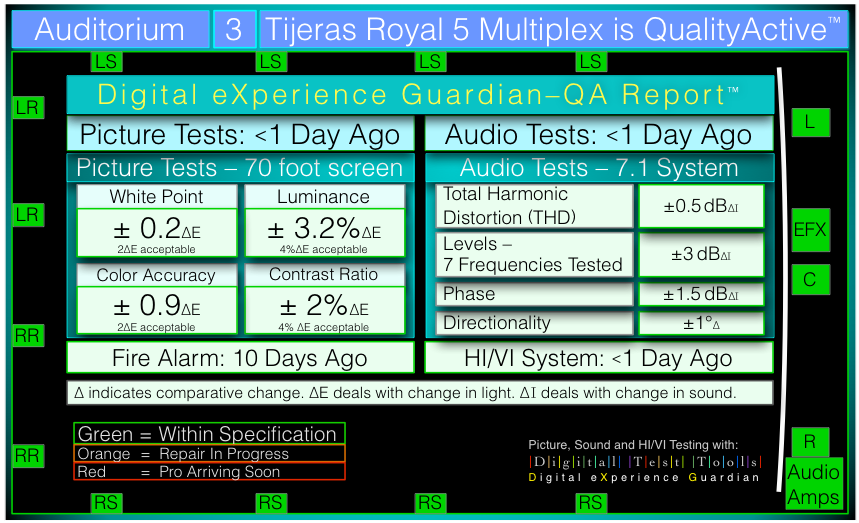Digital Cinema comprises an enormously broad sweep of technologies. The amount of nuance that must be de-layered to make intelligent decisions is daunting. A simple example: the fact that the new laser projectors can create 3D movies on low-gain white screens (paragraphs of nuance in just that phrase alone), means that woven screens can be used which would also benefit the audio from the speakers behind the screen.</p>
<hr id=”system-readmore” />
<p>Yet again, the industry is at a transition. In past transitions, when a company was able to show that an up-until-then unachievable standard could be met, the studios clamped down on the deliverables that went to the older equipment. MPEG was ubiquitous, then JPEG was shown and within a year the MPEG deliverables were verboten. The change in security keys, the anti-ghosting prints….</p>
<p>Wouldn’t that be something if the studios said, “At this time next year, all DCI movie prints will be mastered at the SMPTE standard level of 48 candela per square meter.”</p>
<p>Post-Digital Era indeed~!</p>
<p>The laser systems at CinemaCon will have the new pitch of being commercially installed. Both Barco and Christie have their super ±60,000 lumens systems in the field, with announcements for many more. NEC launched their 6,000 lumen system for the smaller screens to similar success.</p>
<p>The amazing angle on new projector installs is that they are being made – except for rare cases – without the VPF deal. One manufacturer made 20,000 cinema-centric digital sales in 2014 according to their yearly prospectus.</p>
<p>Last year at this time Christie was still using a screen that had shakers attached to the rear to de-harmonize speckle. It will be interesting to see how they have progress from that technology. They also seemed to back away from the pitch that there would be any electricity savings due to the costs of cooling the lasers. Enquiring minds…</p>
<p>Christie’s laser links come from this sentence of their promo:</p>
<p style=”padding-left: 30px;”>The Christie Freedom laser illumination system platform includes the <a href=”http://www.christiedigital.com/en-us/cinema/cinema-products/digital-cinema-projectors/Pages/Christie-CP42LH-3DLP-RGB-Digital-Cinema-Laser-Projector.aspx” target=”_blank” title=”Christie CP42LH”><strong>Christie CP42LH</strong></a> for Cinema, the <a href=”http://www.christiedigital.com/en-us/business/products/projectors/3-chip-dlp/Pages/Christie-D4KLH60-3DLP-RGB-Digital-Laser-Projector.aspx” target=”_blank” title=”Christie D4K60LH”><strong>Christie D4K60LH</strong></a><strong> </strong>for Pro Venues, and the <a href=”http://www.christiedigital.com/en-us/3D/products-and-solutions/projectors/Pages/Christie-Mirage-4KLH-3DLP-RGB-Digital-Laser-Projector.aspx” target=”_blank” title=”Christie Mirage 4KLH Promo”><strong>Christie Mirage 4KLH</strong></a> for immersive environments.</p>
<p>Christie also wants to be regarded for their contributions to the Dolby Laser Projector offering.</p>
<p>It might be that Barco will try to immerse their laser pitch with evolutions of the Auro and pre-auditorium entry and full surround systems that they showed last year. Instead of brisking people back and forth they will be showing several features in several different of the Caesars Ballrooms. As a line from their PR says:</p>
<p style=”padding-left: 30px;”>Visitors will be treated to hands-on demos of the world’s only laser projector capable of showing 4K 3D content at 60 FPS, Barco’s multi-screen, panoramic movie format, Barco Escape (powered by Alchemy-enabled projectors), and other innovative sight, sound, and engagement solutions designed to fascinate audiences while driving increased profitability for exhibitors.</p>
<p style=”padding-left: 30px;”>http://www.barco.com/en/News/Press-releases/CinemaBarco-brings-magic-and-showmanship-back-to-the-movies-showcasing-next-generation-theater-wide-.aspx</p>
<p>DTS will be making presentations of their DTS:X MDA system at the theater at the Palm. The pleasure of being Open Source will continue to be as compelling as the fact that the systems works for the companies who loathe to make hundreds of ‘prints’ for each movie release.</p>
<p>And that leaves the elephant in the room. With several pre-show announcements for their complete cinema package and a willingness to allow the chains to continue with their branding in association, Dolby is also ready with a working message about a working set of products.</p>
<p>Good luck to us all. Sounds like a lot of perfection will be on hand, and a lot of nuance to dig through to see it work its magic in a mutually beneficial manner.</p>
<p> </p>
<p> </p>
<p> </p>
<p> </p>
<p> </p>
<p> </p>
<p> </p>
<p> </p>
<p> </p>
<p>For years the standard for light levels of movies was set at 48 candela/square meter, which is about 14 foot/lamberts. The tolerance is ~10 candela or 38 total, which is about 3 foot/lamberts or 11 total.</p>
<p>Meanwhile the amount of light coming through the usual 3D system was said to be 3 or 4 foot/Lamberts or 11 candela/square meter. And, typically in the technology biz, cool and clever solutions often come at the tail end of a transition. The argument in this case is that MasterImage has a new and very intelligent light/mirror system and RealD has new screen technology that removes some of the problems inherent with high gain screens.</p>
<p>Systems like these can bring the light to levels approaching the lowest levels of the standard, which looks best only if the print was mastered for the level measured at the eyes.</p>
<p>There are some who will say that 8 foot-Lamberts is enough for 3D for some magical reason (pointing to an ISDCF demo done in 2005), but it is untested, and pointedly, that isn’t the standard either. Demonstrations of Hugo and other movies at 48 candela/m2 are brilliant, but not too brilliant.</p>






 Swapped Inputs in Red, with Baseline and Results in degrees on the polar coordinate system, and the change from the baseline shown in degrees from the baseline’s reading.
Swapped Inputs in Red, with Baseline and Results in degrees on the polar coordinate system, and the change from the baseline shown in degrees from the baseline’s reading.
